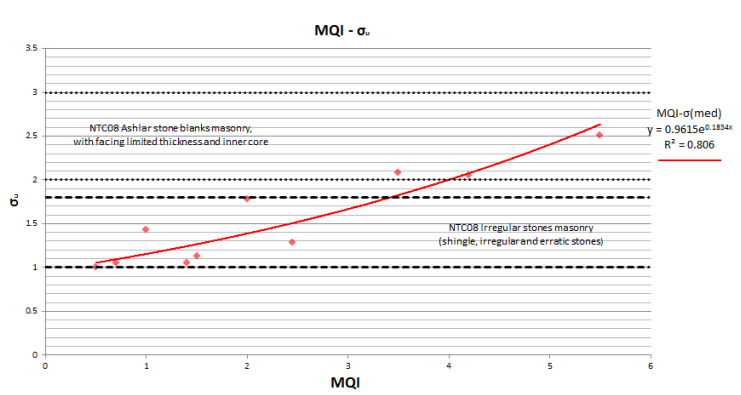Fanale, Lorenzo1; Galeota, Dante2 and Pietrucci, Antonio3
1 Masonry Research and Development Engineering, Department of Civil Engineer, University of L’Aquila, Italy, lorenzo.fanale@drims.it
2 Full professor, Department of Civil Engineering, University of L’Aquila, Italy, dante.galeota@univaq.it
3 Masonry Research and Development Engineering, Diagnostic Retrofitting and Innovation in Material and Structure, SPIN-OFF of University of L’Aquila, Italy, pietrucciantonio88@gmail.com
ABSTRACT
On the 6th of April 2009 a catastrophic earthquake struck the city of L’Aquila. This seismic event caused serious damage to several masonry buildings, putting at imminent risk a valuable historical and architectural heritage. Partial collapse or severe damage affected many buildings in the city centre, which consists primarily of masonry buildings. This paper investigates the regional peculiarity of the masonry, especially its material, mortar and technique, and comparesthe results to in-situ experimental tests and nondestructive MQI analysis. Since in-situ tests being semi-destructive and are not always viable, a numerical estimate of the mechanical parameters of the walls can be based on some qualitative criteria, a new method proposed by Borri A. and De Maria A. [1,2,3,4] (2009, Schede di valutazione dell’IQM RELUIS), which is currently under evaluation to be introduced in the Italian code. Our aim is to contribute to the preservation of our historical heritage, to propose a new catalogue for the masonry manufacturing types of L’Aquila and to provide a correlation curve which makes it possible to estimate the compressive strength only on the basis of observational tests, by calculating the MQI value.
095



